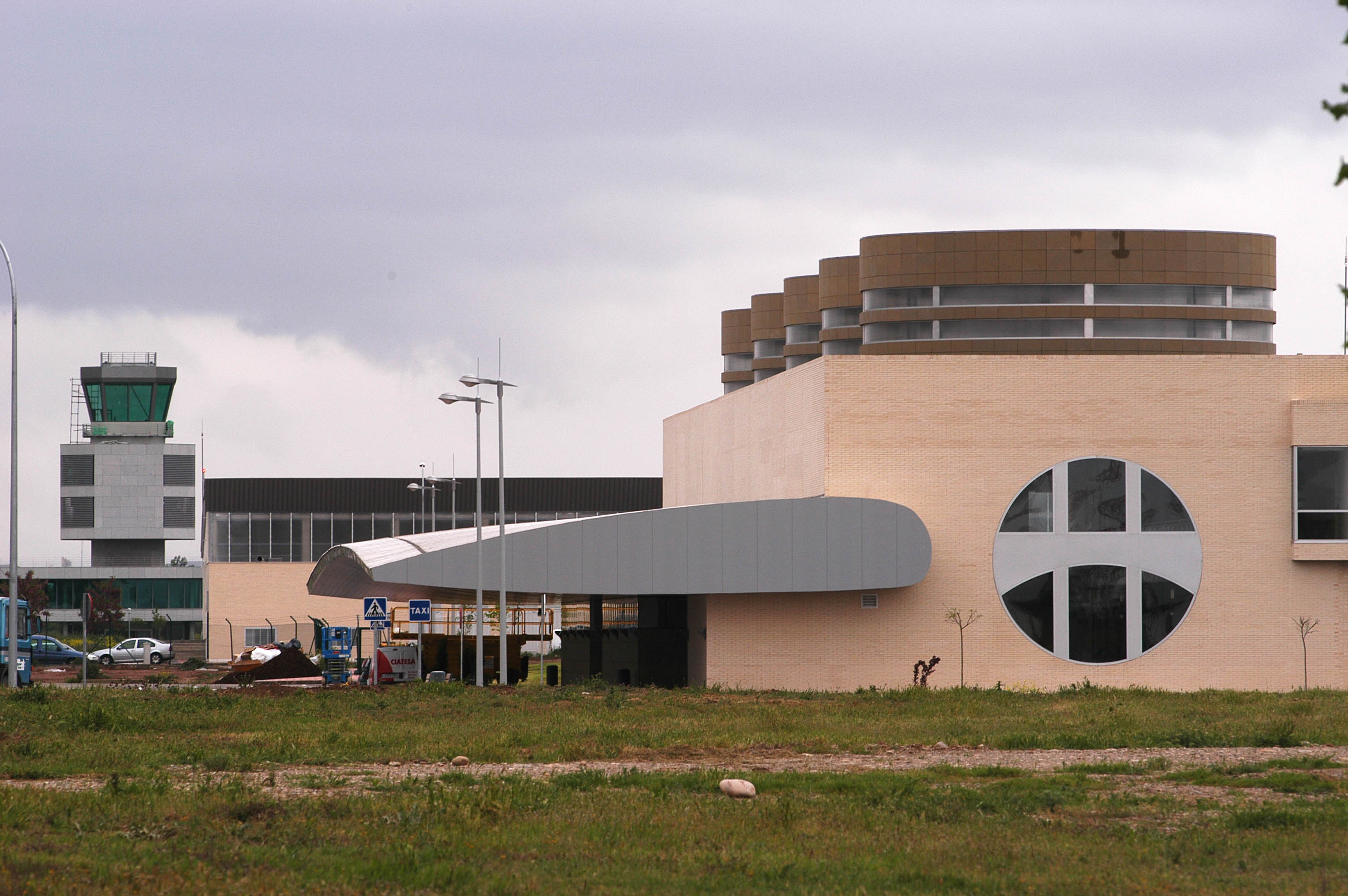ENAIRE improves operations at the Logroño-Agoncillo Airport with new satellite-based navigation instrument approach procedures

ENAIRE, the national air navigation service provider, is improving operations at the Logroño-Agoncillo Airport with new satellite-based navigation instrument approach procedures.
The implementation of the new instrument flight manoeuvres made possible by ENAIRE, in this joint project with Aena, which is the airport manager, enhances the efficiency of operations, as well as accessibility to the Logroño-Agoncillo Airport. Since these procedures do not depend on ground-based navaids, they provide a very useful solution as an improvement or alternative to the current conventional approaches.
To fly these procedures based on the use of satellite navigation, aircraft need to be properly equipped and the crews trained on their use.
The project relies on the most advanced airspace design technologies and complies with European regulatory requirements
The new manoeuvre based on the European EGNOS system provides vertical guidance to aircraft during the final phase of the approach to runway 11, as well as direct approaches to it. This brings closer to the runway threshold the point at which the pilot must decide whether to continue or abort the landing. The result of all this is better service continuity at the airport. In addition, the new satellite-based procedures generally improve performance.
The recent implementation of the new procedures at the Logroño-Agoncillo Airport is in addition to those already in place at the airports of Reus, Lleida-Alguaire, Girona-Costa Brava, Castellón, Josep Tarradellas Barcelona-el Prat, Jerez, Seve Ballesteros-Santander, Almería, Valencia, Fuerteventura, Palma, Lanzarote, Vigo, A Coruña, San Sebastián and others as part of ENAIRE's Plan to Implement Performance-Based Navigation (PBN) Procedures.
In addition, the Málaga-Costa del Sol Airport has a satellite-based ground augmentation system called GBAS, and procedures for precision instrument operations based on this system.
This process of implementing satellite-based navigation procedures will help to further comply with the requirements of the PBN Transition Plan and ENAIRE 2025 Flight Plan. It also assists in complying with European Commission Implementing Regulation (EU) 2018/1048, the aim of which is to improve the efficiency of air traffic management at the European level by implementing performance-based navigation (PBN).
In order to allow for these new landing and take-off procedures, ENAIRE has conducted the necessary safety studies, which were duly processed with the National Aviation Safety Agency (AESA).
European EGNOS System
The use of the European EGNOS satellite navigation system, which is owned by the European Union Agency for the Space Programme (EUSPA), is part of the service agreement already in place between ENAIRE and the ESSP, the company that operates the EGNOS system.
ESSP is an air navigation provider supervised by the European Aviation Safety Agency (EASA) and owned by ENAIRE, together with air navigation providers from Germany, France, Italy, Portugal, the United Kingdom and Switzerland.
Through this effort, ENAIRE is making available to users of the Logroño-Agoncillo Airport satellite-based approach procedures that improve the safety and consistency of operations at the airport. This is all possible without having to set up additional land infrastructure, which provides financial savings and operational benefits as a result.

.png)
.jpg)






Comments
There are no comments yet for this item
Join the discussion